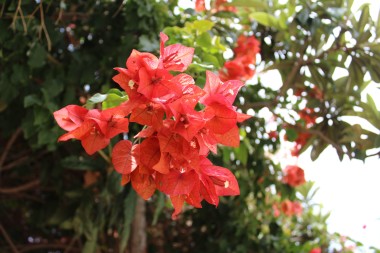With one swish, a smokey ignition brings tastebuds to life. With one swallow, the belly is encompassed by a gentle warmth. With one bottle, family and friends can celebrate in a communion of tradition and happiness.
Mezcal is a traditional Mexican alcoholic beverage produced from diverse varieties of the plant known as agave (or locally, “maguey”). Perhaps the best-known mezcal comes from the blue agave and is commonly known as tequila. Due to Oaxaca’s wide range of climates associated with varying altitudes, Oaxaca is known for its environmental capacity to support many different kinds of agave, and thus different mezcals. While many different commercial stores, bars, and even market stalls boast their own large stock of this popular communal drink, it is important to understand the unbelievably difficult work that goes into its creation.
Deep in the heart of the Sierra Madres lies San Luis del Rio, a community of approximately 500 people. It is here where the major stores and commercialized networks in the surrounding cities obtain their mezcal, and it is here where the most credit is due.
Gregorio Velasco is a mezcalero in San Luis del Rio. He, like most of the other community residents, commits great pride and work into transforming an agave plant into coveted mezcal. This process is a lifestyle. Agave plants take a long time to mature – some take 35 years – so the maintenance of their agriculture is principal to a mezcalero’s success. Once an agave plant has matured, the heart is extracted, and then the remainder is heated on volcanic rocks with a dirt cover for three days to cook in an oxygen-reduced environment. Once the three days have passed, a horse drags a large stone wheel over the cooked agave plants in a cement pit. Following their smashing, the agave plants are moved to wooden barrels to ferment for several days before being distilled in a large copper pot that is placed in an oven. Once distilled, mezcal is officially created for the enjoyment of all.

















